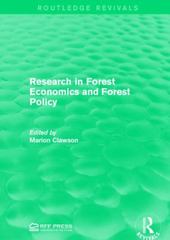Question
Consider the following economy. The aggregate demand curve is given as: =3002. The aggregate supply curve is derived from the sticky-price model. The fraction of
Consider the following economy. The aggregate demand curve is given as: =3002. The aggregate supply curve is derived from the sticky-price model. The fraction of the firms with sticky prices is s while the fraction of the firms with flexible prices is (1-s). Assume =0.5. The firms with flexible prices set their prices following: =+(Y). The firms with sticky prices set their prices following: ==. The long-run AS curve is given as Y =100.
b) Suppose that the economy is currently at the long-run equilibrium. Determine the equilibrium values of Y, P, and EP. Also draw the AD, SRAS, and LRAS curves to describe the equilibrium. (4 points)
c) Suppose that, as a result of an expansionary fiscal policy, the aggregate demand changes to: =3302. Suppose that this policy was not expected. Describe the short-run equilibrium using the AD, SRAS, and LRAS curves. Determine the equilibrium values of Y, P, and EP. (4 points)
d) Suppose that the share of firms with sticky prices, s, becomes higher than what has been assumed in the previous questions. Does that affect your answer in part b) and/or your answer in part c)? Why or why not? (Note: You don't need to the calculations again. You can answer based on your intuition and figures.) (4 points)
Step by Step Solution
There are 3 Steps involved in it
Step: 1

Get Instant Access to Expert-Tailored Solutions
See step-by-step solutions with expert insights and AI powered tools for academic success
Step: 2

Step: 3

Ace Your Homework with AI
Get the answers you need in no time with our AI-driven, step-by-step assistance
Get Started


